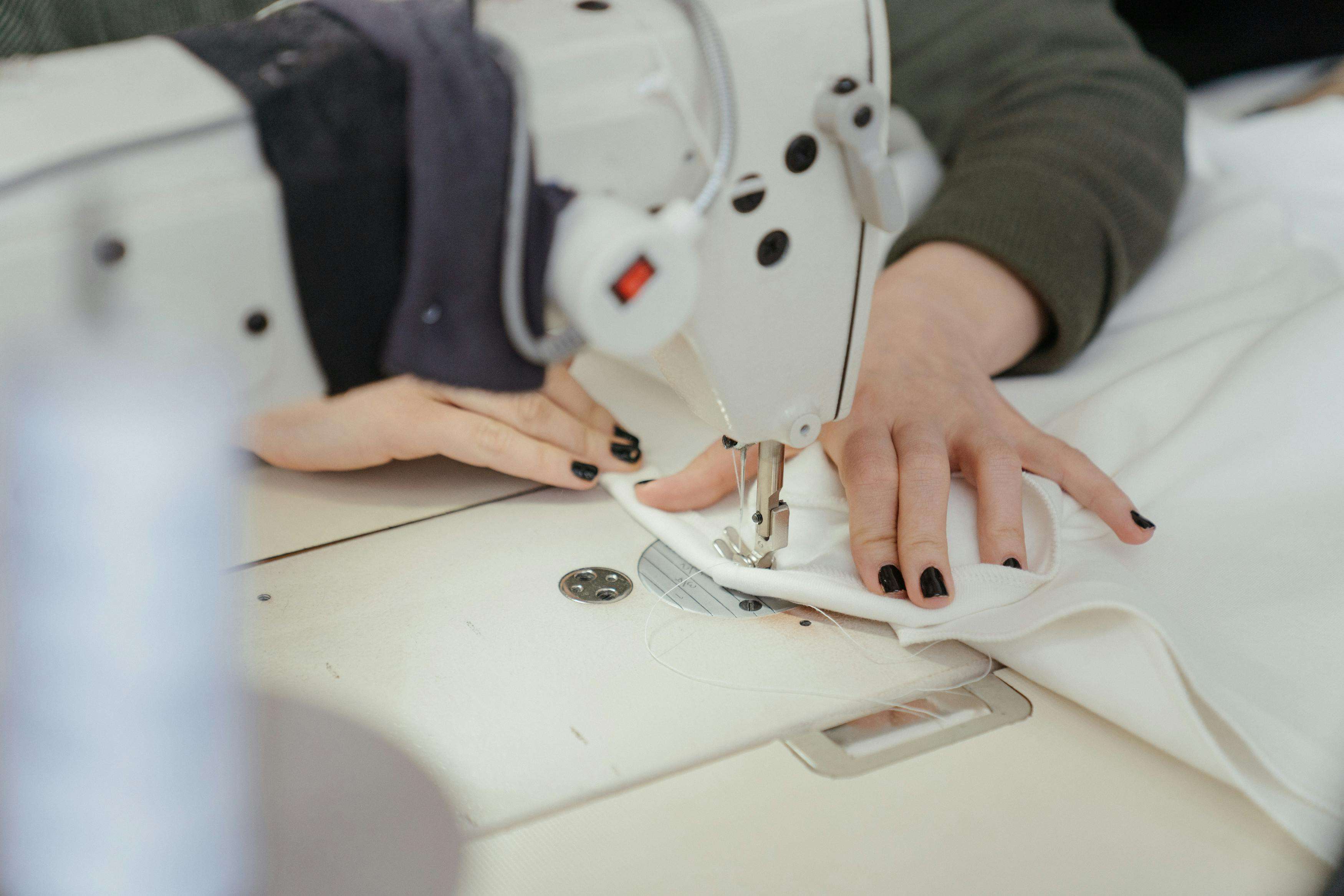Can Smart Factories Save Fashion in the United States?
The fashion industry is entering a new phase - one driven not only by design and demand but by where and how clothes are made. With growing calls for transparency, ethical labor, and reduced environmental impact, many are asking: can the United States become a global leader in fashion production again?
Veteran stylist and designer Phillip Bloch believes the answer is yes. And he’s not alone.
Bloch, best known for dressing A-listers and shaping red carpet culture, is now championing a bold vision: to bring back large-scale, high-tech clothing manufacturing to the United States. Alongside textile innovators and industry veterans, he’s launching a coalition to build “smart factories” on American soil - facilities powered by automation, innovation, and domestic jobs.
This movement is part of a larger shift happening across the fashion landscape, where local production is gaining attention as both a sustainability solution and a path to resilience.
A Broken Model - And a Turning Point
For decades, the fashion industry relied on offshore production in regions like China, Bangladesh, and Vietnam. This model allowed brands to maximize profit margins through cheap labor and low material costs. But it came with a price: long lead times, quality control issues, labor violations, and carbon-heavy global shipping.
The pandemic exposed the fragility of these supply chains. Delayed shipments, fabric shortages, and factory shutdowns forced brands to rethink their manufacturing strategies.
“Everything about the industry is changing,” Bloch told Page Six. “We need to adapt and invest in innovation - right here in the United States.”
Smart Factories: A New Kind of Clothing Manufacturer
At the heart of Bloch’s campaign is the concept of the smart factory. Unlike traditional sewing facilities, smart factories leverage robotics, AI, and lean production systems to improve efficiency and reduce human error. They’re designed to be clean, safe, and responsive to short production runs - an ideal match for today’s fast-changing trends.
Bloch and his collaborators are pushing for federal funding to make these advanced factories a reality. They argue that bringing clothing manufacturing back to the United States could reinvigorate local economies, reduce environmental waste, and put ethical jobs at the center of fashion again.
It’s a bold idea, but one that’s gaining traction.
Why the United States Is Ripe for a Manufacturing Comeback
Despite the dominance of overseas production, the United States still has the infrastructure and talent to rebuild its manufacturing base - especially in areas with deep textile history like North Carolina, New York, and Los Angeles.
Several signs point to renewed momentum:
- Legislation like the FABRIC Act proposes tax incentives for domestic manufacturers.
- Brands from Levi’s to American Giant are investing in Made in USA labels.
- Consumers are showing a growing preference for locally made, sustainable goods.
According to McKinsey, nearly 40% of fashion executives plan to increase nearshoring or reshoring in the next two years. For clothing manufacturers in the United States, this represents a real opportunity.
Challenges: Labor, Cost, and Scalability
Of course, rebuilding an industry doesn’t come without challenges.
One of the biggest is labor. As Reebok founder Joe Foster noted in a recent Business Insider interview, many Americans are no longer willing - or trained - to do traditional garment work. “No one wants to sit at a sewing machine,” he said, highlighting the difficulty of replacing offshore production overnight.
This is exactly where Bloch’s smart factories come in. By automating repetitive tasks and upskilling workers for tech-forward roles, these facilities could make domestic manufacturing viable again.
Cost is another hurdle. Wages, materials, and compliance standards are all higher in the United States. But proponents argue that automation can balance these costs—and that consumers are increasingly willing to pay more for ethically made, local goods.
Miista: A Case Study in Local Manufacturing
The vision Bloch promotes is already taking shape abroad. Luxury brand Miista, originally based in London, recently opened its own clothing manufacturing facility in Galicia, Spain. By investing in local production, the brand gained tighter control over quality, reduced shipping emissions, and elevated its sustainability profile.
Miista’s success shows that with the right design sensibility and business model, vertical integration can work, even in high-cost environments. It’s the kind of blueprint that could inspire similar moves in the United States.
What This Means for Brands, Designers, and the Public
The future of fashion isn’t just about trends or TikTok virality. It’s about how, and where, clothes are made. As more designers, retailers, and consumers look to realign their values with their business practices, clothing manufacturing in the United States becomes more than a patriotic slogan. It’s a practical, ethical, and even profitable shift.
If Bloch’s smart factory vision is realized, it could change the industry from the inside out:
- Shorter lead times with local production
- Smaller environmental footprints thanks to reduced shipping and waste
- Stronger quality control
- Jobs for American workers in a modernized factory setting
It would also signal to the world that the United States isn’t just a leader in fashion marketing and design - but in clothing production itself.
Parting Thoughts
Phillip Bloch’s mission taps into a growing movement to reclaim control over fashion’s supply chain. By building smart, clean, and efficient clothing manufacturing hubs in the United States, we don’t just bring jobs home - we bring integrity back to the industry.
For designers seeking more transparency, for consumers demanding ethical sourcing, and for manufacturers ready to modernize, the message is clear: The time for a clothing manufacturing renaissance in the United States is now.



